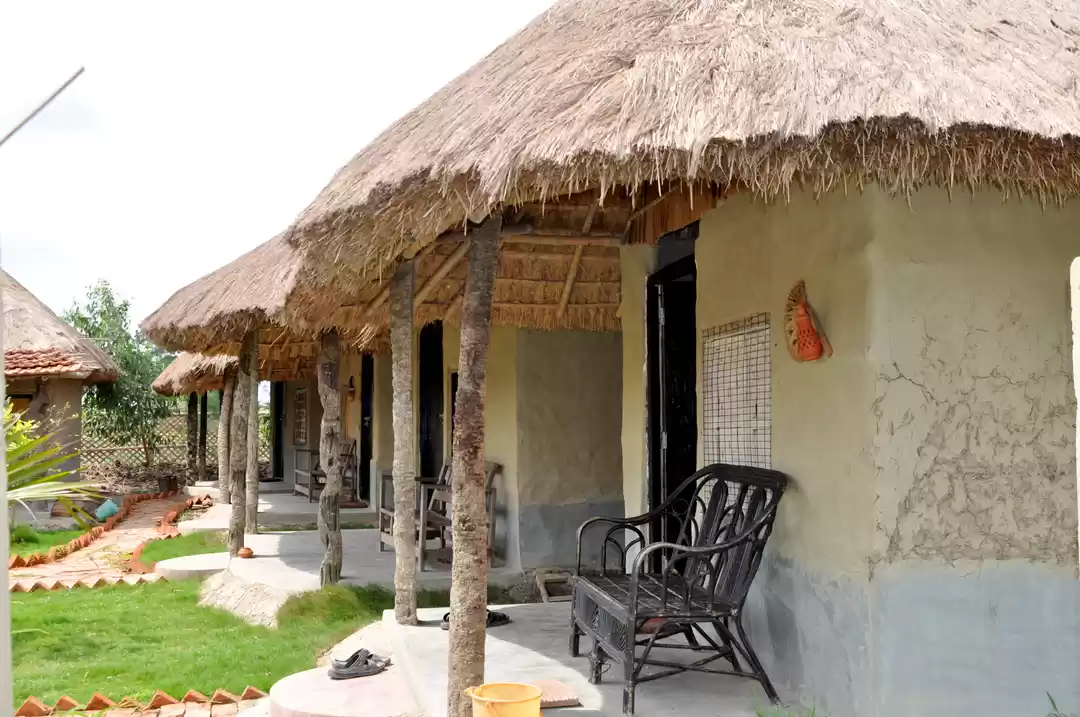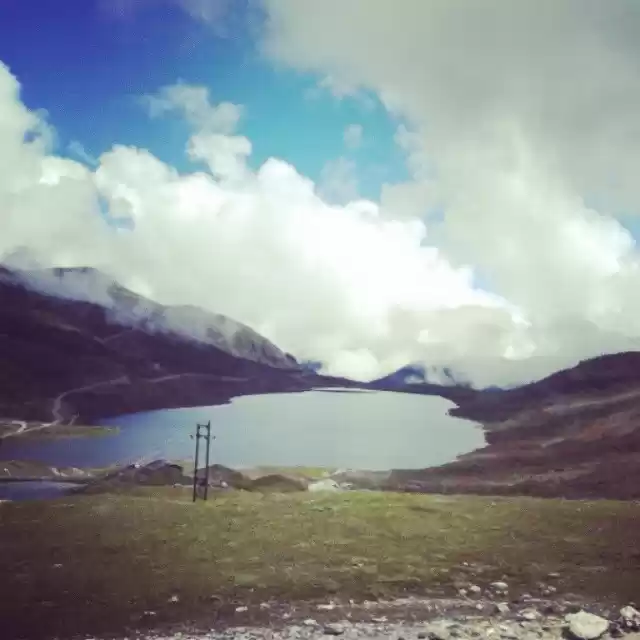1. Batasia Loop:
Darjeeling is primarily a tourist destination, leveraging its stunning vistas and fantastic weather to draw in visitors looking to escape the pollution and noise of the bigger cities.
Therefore, it is no surprise that a number of its attractions are centered on the views that the town is bestowed with. Batasia Loop is one such marvel.
This engineering masterpiece is situated in the periphery of the city, and offers a 360 degree view of the city. It was commissioned in the year 1919 in order to enable the famous Toy Train to maneuver the steep gradient of about 140 ft.
At the center is a War Memorial built to honour the brave Gorkha soldiers, who lost their lives in the wars after independence.

2. Bengal Natural History Museum:
Bengal Natural History Museum, displaying one of the finest collections of natural artefacts and fossils, was incorporated into the West Bengal Zoo Authority in 2015 to allow for better upkeep and maintenance.
Today, it boasts a huge collection of skins, bones, antlers and other anatomical parts of a number of species of birds, mammals, insects, fish and reptiles.
The museum also houses some real birds and animals, housed in a simulated natural environment.
There are as many as 820 specimen of birds that belong to more than 400 species along with 110 species of eggs, 35 species of snakes and 57 species of fish. The museum also houses a Botanical Garden for displaying butterflies and birds of the area.
The museum is especially popular with students and academicians, who flock to it on the weekends for a few hours of enjoyable visual learning.

3. Coronation Bridge:
Coronation Bridge was built to mark the coronation of King George V in 1937 and the work was started by John Anderson, the erstwhile governor of Bengal. It is located close Sevokeswari Kali Mandir in Siliguri, at the confluence of the Teesta and Rangeet rivers.
The bridge is considered an engineering marvel due to its cantilever system. It is also called Bagh Pool by the locals because of the statutes of two lions on one end.

4. Darjeeling Himalayan Railway:
Declared as a UNESCO World Heritage Site in 1999, the Darjeeling Himalayan Railway (DHR), affectionately known as the toy train, was started in 1881, in order to make the transport of rice and other commodities easier and more cost-efficient. Now, it has become a focal point of Darjeeling's tourism industry, and is still one of the most outstanding examples of engineering in a challenging terrain. The track on which the train runs is only 600 mm wide!
Chugging up to the small hamlet of Ghum, the train covers a vast distance at an unhurried pace, allowing you to really soak in the beauty of the state. Lean out of the window and let the fresh mountain air drive away your fatigue, as you take in the resplendent view of vibrant valleys, with tall mountains rising dramatically behind them.

5. Tibetan Refugee Self Help Centre:
Tourists can find some of the finest carpets, leather products and woolen garments made by skilled Tibetan craftsmen. Such is the reputation of its products, the center now exports its merchandise to over 36 countries!
You can pick up a wide range of clothes, wooden artefacts and more for reasonable prices here. Tibetan Refugee Self Help Centre is home to 650 refugees, all engaged in handicrafts and weaving.
It also houses an old age home, a school, an orphanage, a clinic and a Tibetan Buddhist monastery, and also hosts craft workshops regularly. Not only that, it has a vibrant photographic exhibition that displays Tibetan history.
The centre can be approached via the Lebong Cart Road, and is located on a top of a hill, overlooking a green valley. In the beginning, the community primarily raised funds through donations, charities and even the occasional football match.





































